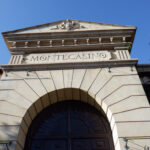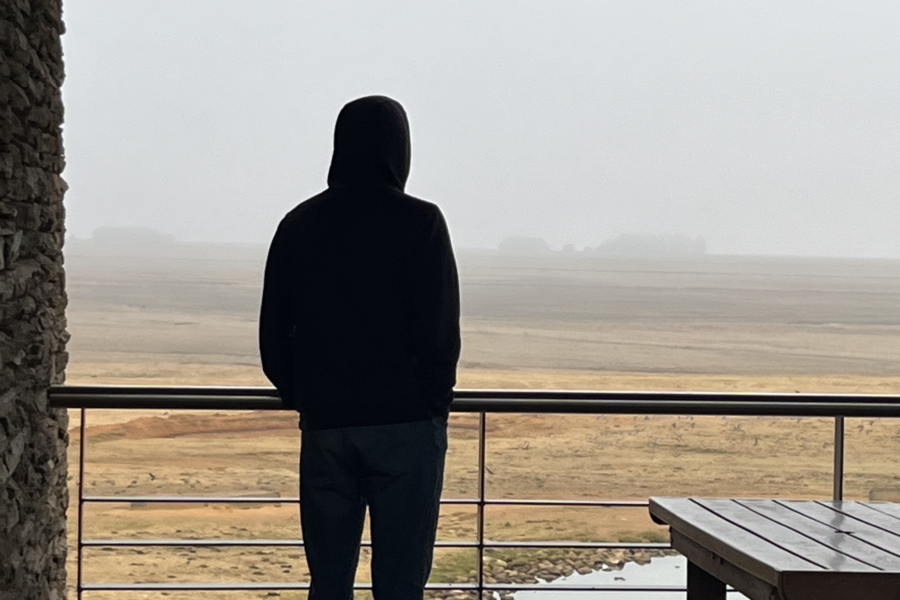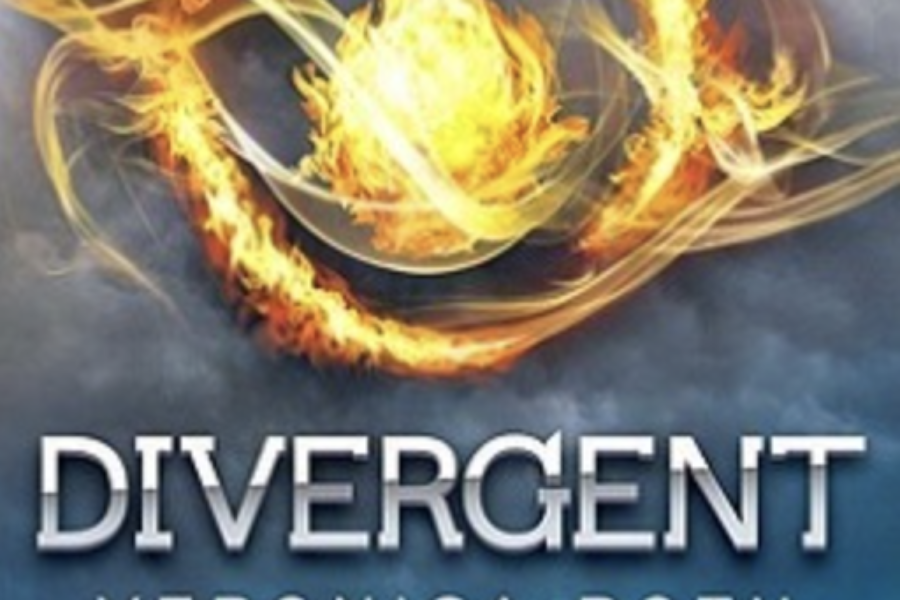A boy was shot and killed. Fact. But when a time, place, name and face are put to a particular situation, a fact becomes diluted. I’ve found that it is up to us to synthesize panels of museum information or mountains of texts to try to grapple with each event, leading to our own determination of the truth. However, is it possible to ever really understand a political event or social movement in its full truth, or do we just live with a truth we create? And is that even the truth?
5 hours earlier…
The perfect rush of adrenaline. All I could think about is how cool it would be to actually bungee jump off of the towers in front of me. To provide some context, we had just arrived at the Soweto towers which were once used as coal-fired power stations during WWII but are now used for extreme sports such as bungee jumping. I was ready to get into a harness right then and there. That is until I found out it wasn’t allowed. A fleeting moment of sadness passed as my jumping fantasies were crushed before they even took flight. The beauty and grandeur of the towers did thankfully help to lessen the blow.
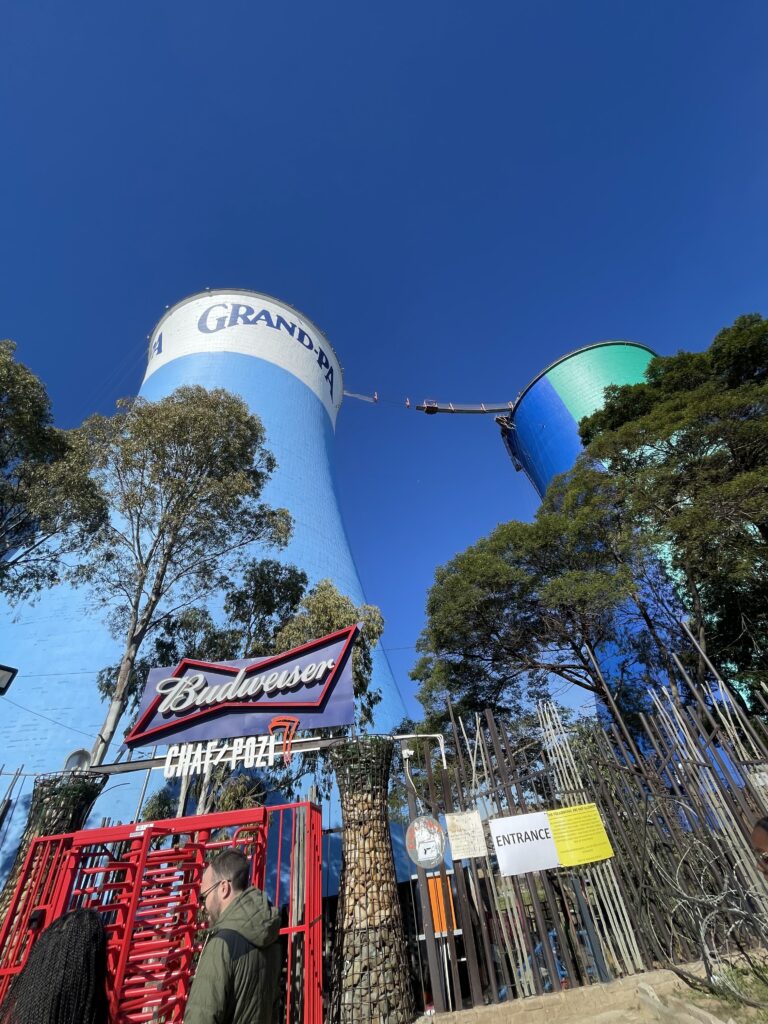
After leaving our first stop on our day tour of Soweto we headed to the site where the Freedom Charter of South Africa was signed. A short but informative stop on our tour that was graced by the beautiful voices of a singing trio. Their voices were angelic and most certainly elevated this stop. Their stunning performance accompanied a beautiful wheel that had the ten main points of the charter inscribed on it. The wheel defied the chains of an oppressive state and provided a small glimpse of hope that a new South Africa strived to embody. Although the charter was found to be an act of treason, it displayed the determination of many South African people to move forward, past the chains of the apartheid state. This sentiment was one that would endure and provide great context for historical events we would come to learn about.
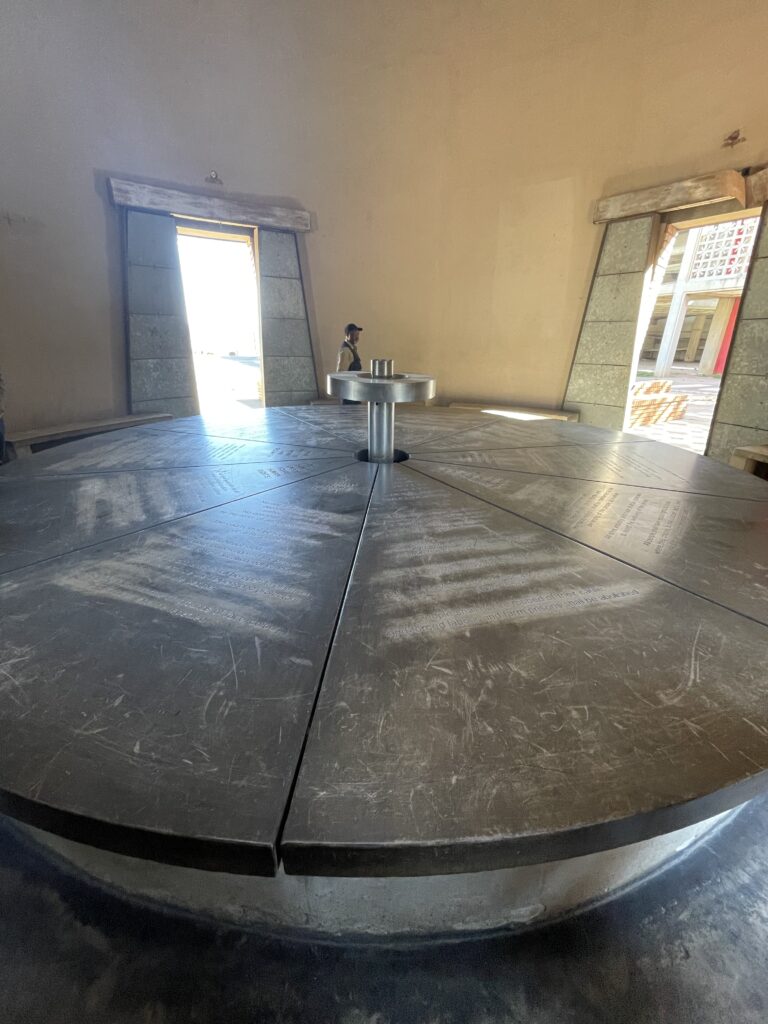
For our next stop, we pulled up to the Regina Mundi Catholic church. To be honest I had no expectations going in. I had never heard of it before and I had also never heard of South African churches to have the rep of the grand churches lining the streets of Europe. When I entered, I was entranced. Not by the architecture or design of the pews, but by the rich color of the stained glass, paintings on the walls and energy of our guide Danny. (Let me tell you, someone needs to get Danny a late night show because he was cracking jokes left and right and had no intentions of ever holding back. He knew how to work his American tourists. Snaps to you Danny).
All jokes aside though, this church has tremendous historical significance literally embedded in it. School children ran for their lives through the church trying to dodge police bullets. Traces of the atrocities of June 16th are marked by the bullet holes in the ceilings and broken marble banisters. Broken by the grips of fear. But Danny helped to highlight that the church still stands, despite all of the damage it endured, it still stands.
I thought a place of worship like this would be protected from such acts of violence, but I learned that indeed the two are not mutually exclusive. Understanding this laid a second layer of foundation for my brain to try to tackle our final stop on the Soweto tour: the Hector Pieterson Museum.
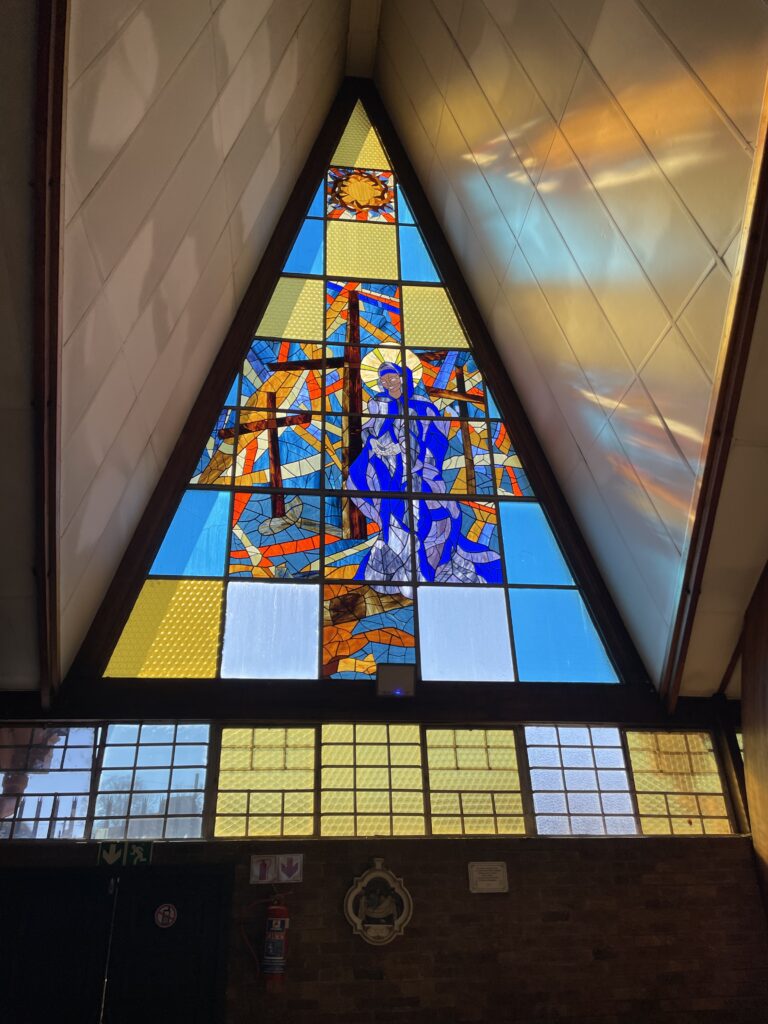
Hector Pieterson, a 12 year-old boy shot and killed at the June 16th Soweto Youth Uprising. This tragic event, although seemingly objective, turned the tides of Apartheid resistance and emphasized the power of the youth in the movement. What I found baffling was the variability of the eyewitness accounts of that fatal moment. One person reported that the police had instigated the violence in what was intended to be a peaceful march to Orlando stadium. Another individual explained that the children had killed a police dog without reason which instigated the police response. So did the police feel threatened by the crowd of children? Or was it that the police valued the life of a black child less than that of a police dog? Do any of these answers even matter? It doesn’t change the fact that young, innocent, Hector Pieterson was killed while waiting for his sister.
I discussed with Professor Smith how I was shocked by the sea of conflicting opinions and accounts from this one day. In theory, everyone witnessed the same exact event, but not everyone seemed to recall the same exact event. So where does the truth lie? The best answer Professor Smith gave was that it is up to us to decipher the truth.
We must contextualize accounts, try to make sense of where people are coming from and how their bias could impact their accounts. This is where being knowledgeable and informed on the straight facts helps to understand the nuance provided by public discrepancy. People’s lives, social standings, political alliances and vulnerability all impact how they recount a specific event.
Knowledge is power, but this trip makes me think that power often tries to disrupt knowledge.



